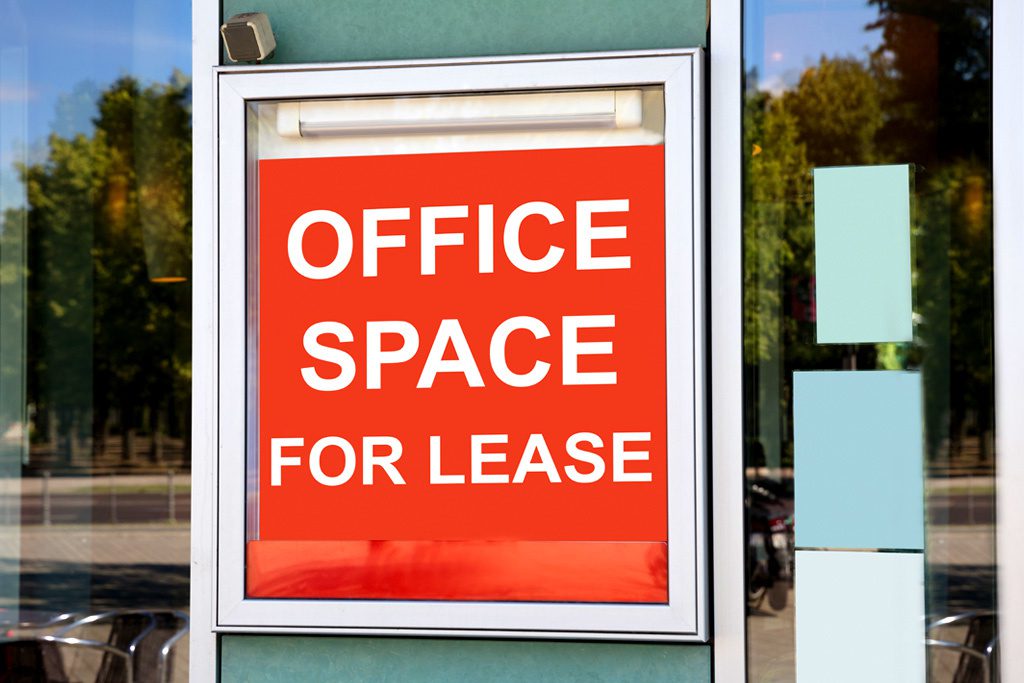Business leases: Significant changes ahead for operating leases
March 6, 2019
This paid piece is sponsored by Eide Bailly LLP.
By Angie Hillestad, CPA, national assurance partner
Do you lease a copier, office space, construction equipment or car for your business? Do you have any other leases? Well, big changes are coming when it comes to how you record those leases on your balance sheet.
After several years of extensive work and collaboration with international accounting standards setters, the Financial Accounting Standards Board has made significant changes to lease accounting in Accounting Standards Codification Topic 842: Leases, also known as ASC 842 or the standard. ASC 842 increases the transparency and comparability in lease accounting by requiring entities to recognize lease assets and the related lease obligations on the balance sheet. ASC 842 is a significant shift to existing lease accounting guidance, which does not require the effect of operating leases be recorded on the balance sheet. This can prevent users of the financial statements from getting a complete understanding of lease obligations because operating lease arrangements become “off balance sheet” transactions.
The changes implemented by ASC 842 impact any entity that enters into leasing transactions, with some narrow exceptions. When effective, the standard will supersede all existing accounting guidance on leases. This means if you are reading this article and you have leases, you will be impacted by these changes – and soon. ASC 842 is effective for nonpublic business entities for fiscal years beginning after December 15, 2019, or Jan. 1, 2020, for a calendar-year entity. ASC 842 provides optional transition guidance – full retrospective application to all periods presented or modified retrospective application in the period of adoption. The standard also provides certain practical expedients to ease the burdens of implementation.
A lease is defined in ASC 842 as “a contract, or part of a contract, that conveys the right to control the use of an identified asset (the underlying asset) for a period of time in exchange for consideration.” A contract contains a lease when the following two criteria are met: the use of an identified asset is either explicitly or implicitly specified – the supplier cannot substitute the asset used to fulfill the contract with another asset – and the customer controls the use of the identified asset – the lessee can direct the use of the identified asset and obtain substantially all of the benefits of doing so throughout the use period.
ASC 842 provides a dual approach for lessee accounting. Leases that transfer substantially all the risks and rewards incidental to ownership are financing leases, which is like capital leases in the existing guidance. All other leases are operating leases. ASC 842 makes modest changes to financing leases, but the most significant changes are to operating leases. Under the standard, the initial measurement of an operating lease results in recording a right-to-use asset and a lease obligation. The right-to-use asset and lease obligation are recognized at the present value of the lease payments and are amortized into expense generally on the straight-line basis in a single lease cost, which is comparable to current lease accounting guidance. Leases with terms of 12 months or less are not required to be recognized on the balance sheet, unless the lease contains one or more renewal options or options not to terminate that are reasonably certain to be exercised.
There are several questions you should ask as you determine how to implement the standard. Does a contract contain a lease? Have you identified all your leases? Don’t forget about your leased vehicles, copiers, office space, computers, golf carts, construction equipment, etc. How should you classify the lease – financing or operating? How long is the lease term –greater or less than 12 months? When does the lease commence and when does it end? Are there optional renewal periods or purchase options? Is it reasonably certain that you will exercise those options? Is the lease payment fixed, or are there incentives or guarantees? How does the accounting differ between the two lease types? What financial statement disclosures are required? Implementing the standard will take some work, gathering of information,and evaluation – especially if your entity has significant leasing activity.
But that isn’t everything – ASC 842 also could affect your entity’s compliance with financing and other contractual arrangements. ASC 842 adds assets to the balance sheet, but it also adds liabilities, and many financing and other contractual agreements have a lot to say about an entity’s liabilities. Do you have debt covenants or other contractual arrangements that contain debt-to-equity requirements, debt service coverage calculations or minimum cash flow requirements? Do your debt agreements place limitations on new indebtedness or capital purchases? Since many debt and contractual agreements were written before the issuance of ASC 842, they do not consider the impact to the financial statements of recording operating leases on the balance sheet.
The number and nature of leasing arrangements you have within your entity will determine the time it takes for implementation and the overall impact on your financial statements. The effective date of ASC 842 is getting closer, but it isn’t here yet, so start looking now at how the changes will impact your entity. A little work ahead of time will make implementation much smoother when the time comes and is certain to make for an easier and less costly audit.
The information presented here represents only a summary of the provisions of ASC 842. In addition to the changes to operating lease treatment, the standard includes changes in accounting for financing leases, lessor accounting, requirements related to consideration of variable lease payments, accounting for sale-leaseback transactions and sublease arrangements, as well as very specific requirements for financial statement presentation and disclosure changes.
Contact Angie Hillestad to discuss your specific circumstances and how these new standards will impact your entity. Angie can be reached at [email protected] or 605-367-6703.









